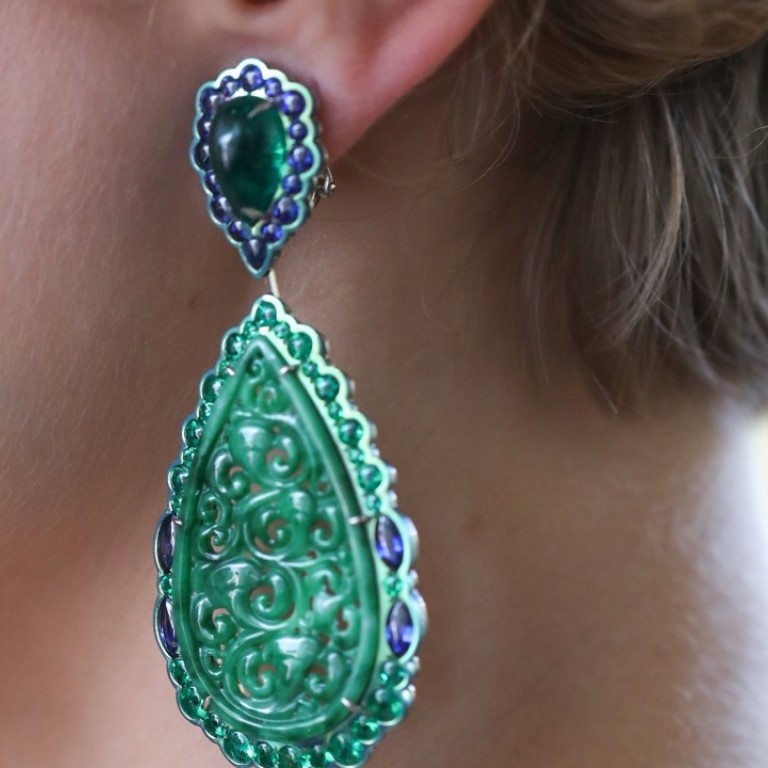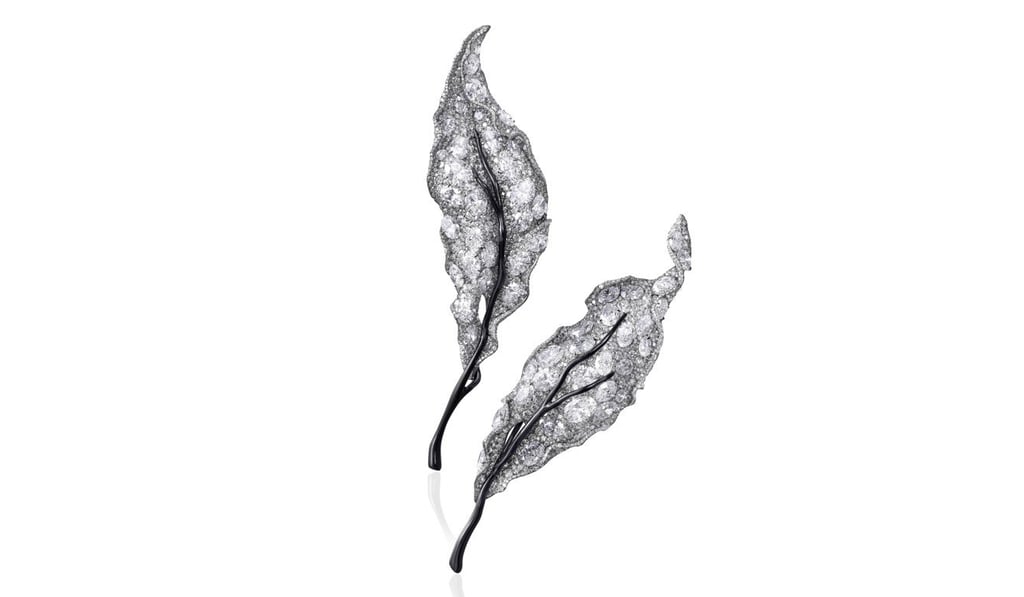Top jewellers see titanium in a new light

Precious metal is hard to master, but it pulls its weight in bold high-jewellery creations from Hong Kong to New York
What wind is to fire, freedom is to creativity. This could not be truer when the metal in the spotlight is titanium. It is light, yet strong, and colourful with an iridescent sheen – a revolutionary metal in high-jewellery creations.
Titanium takes its name from the Titans of Greek mythology – symbolising the incarnation of natural strength – sons of the Earth goddess. It is also known as the strongest among metals, and used in spaceships, and in hi-tech medicine.
So, why high jewellery?
“Although [it is] extremely tough for crafting, titanium can effectively reduce a jewel’s weight, being one of the lightest metals in the world – only one-fourth of the weight of gold,” says Hong Kong jewellery designer Cindy Chao.

Although it lacks the heft and intrinsic value of gold or platinum – the metals traditionally used to create high jewellery – titanium is favoured by some of the world’s most avant-garde designers in contemporary jewellery.

Influential high-jewellery artist Joel Arthur Rosenthal (JAR), for example, introduced this metal to the luxury world in 1987, when he created a mauve bangle decorated with tendrils of gem-set flowers in titanium. In 2002, this piece sold for a then-record price for a JAR jewel at Christie’s in New York.
The naturally grey metal, when anodised, changes colour, and with every electric charge continues to form an oxide layer, causing an optical phenomenon similar to the iridescent sheen seen on peacock feathers, butterfly wings and soap bubbles.
“You can obtain brilliantly metallic colours such as deep blues, cognac, browns, greens or pinks, so allowing the colour of the gems you are working with to flow uninterrupted,” says London-based jeweller Glenn Spiro of G jewellery. Gemstones play protagonist, he adds. “We don’t make the stones, we simply put them in the right places,” Spiro says.